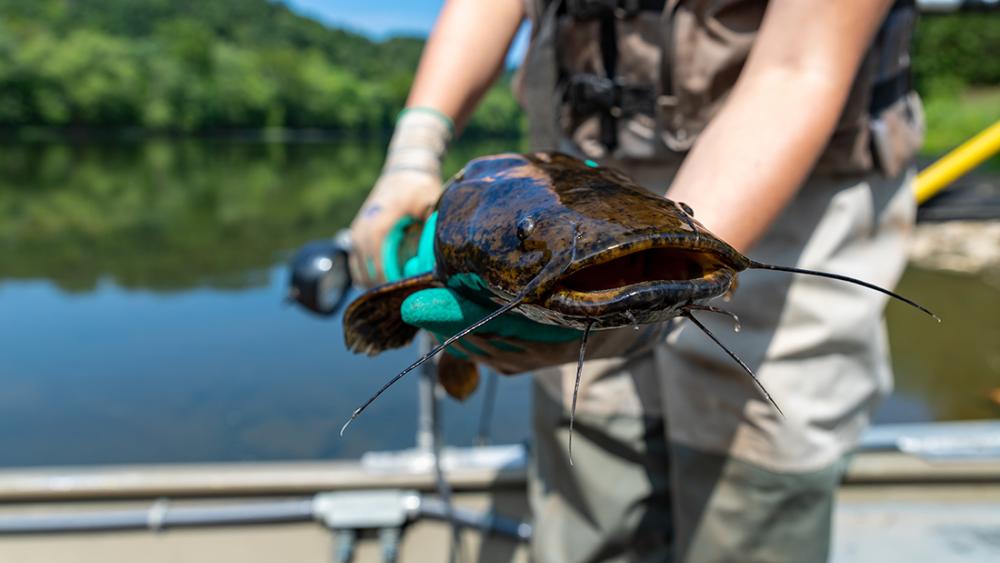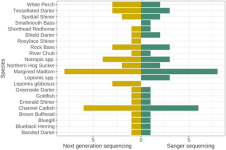nymphingmaniac
Well-known member

Invasive flathead catfish impacting Susquehanna’s food chain, researchers find | Penn State University
Flathead catfish — native to the Mississippi River basin — were first detected in the Susquehanna River in Pennsylvania in 2002, according to the U.S. Geological Survey. In the two decades since then, the invasive species has spread throughout the river basin. The impact of the large predator on...
Kind of odd they used two methods to sequence, one modern, one "older". My best guess is that they generated data using the older method and then got on board to using the NGS method. Next generation seq (more sensitive, comprehensive and modern technique is the same used to sequence the human genome, for example)





